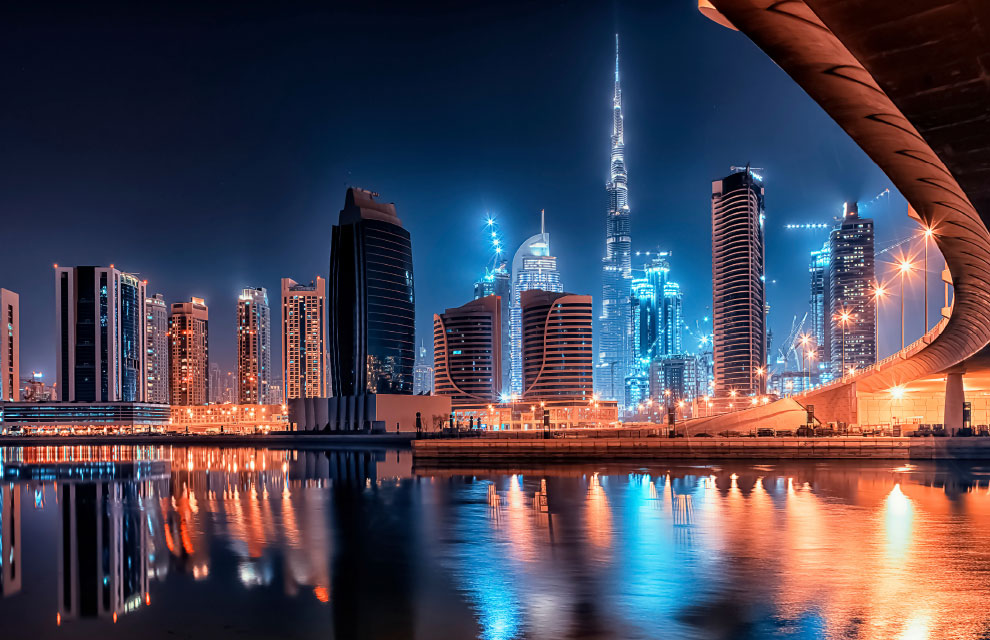Carmella Haswell explores the developments taking place within the securities finance market in the Middle East and how the region is attracting interest from foreign investors
The Middle East is attracting a growing interest from foreign investors as Gulf Cooperation Council (GCC) states work to improve infrastructure and to align themselves with international standards. As countries within the region look to go live with securities lending programmes, this could be the next opportunity for the market.
Dubai, Abu Dhabi and Tel Aviv are the top financial centres regionally, ranking 21, 35 and 57 respectively in the Global Financial Centres Index (GFCI). GFCI is published by Z/Yen Partners in collaboration with the China Development Institute and charts the progress of the world’s leading financial centres.
The report revealed that all centres in the region had improved on their ratings, with Dubai and Abu Dhabi among the top 15 centres globally expected to become more significant over the next two to three years.
“The Middle East is a growing region of interest for our clients. Although the Middle East’s beneficial owners have been actively lending their international assets for some time, the lending of local equities has only recently started to grow,” says Dimitri Arlando, head of EquiLend data and analytics EMEA.
EquiLend data reveals that more international banks are participating in the lending and borrowing of local equities, with Saudi Arabia leading the way in this respect.
There also remains a desire for banks in the region to cooperate internally between different stakeholders and externally with new trading counterparties and associations. Absolute Collateral CEO Steven Griffiths says that initiatives that support this in an ‘easy and simple’ way will help the banks to grow in line with the market, rather than leaving them behind.
An infrastructure for growth
The Middle East has attracted new businesses to set up shop in the region, including Griffiths — who recently launched a collateral management trading platform, Absolute Collateral, in Bahrain, a GCC state situated in a bay on the southwestern coast of the Persian Gulf.
“The ease of working with the entire ecosystem from individual banks — Islamic, conventional and international — to larger organisations such as the Bahrain Association of Banks (BAB), Bahrain Economic Development Board (EDB) and the International Islamic Financial Market (IIFM), helped to shape our decision to launch in Bahrain,” Griffiths explains.
This move would encourage greater cooperation across multiple layers, he adds, helping the new initiative to gain a strong foothold.
Speaking to SFT, advisor for Absolute Collateral Gabriele Frediani highlights that Bahrain as a state is ‘more sensitive’ to adapting to changing economic and geopolitical winds, such as the events of the Arab Spring in 2012. He indicates that the financial community, from the central bank to banks and asset managers, was therefore more receptive to products such as repo.
The Middle East is very much the next opportunity for securities finance, comments Adnan Hussain, head of agency lending and liquidity services at HSBC. He says that local pockets of financing — particularly against fixed income assets through the repo market — are “now coming together”, as well as market participants who are facilitating lending through a central counterparty (CCP) and exchange-type model.
HSBC celebrated the execution of the bank’s first international securities lending and borrowing (SLB) transaction on the Dubai Financial Market (DFM) in July. The milestone marks the latest step in the continued evolution and expansion of Dubai’s capital markets, according to the stock exchange.
SLB is part of the infrastructure facilitating the regulated short selling of securities and it also allows asset owners and managers to enhance the yield of their long-term holdings by lending out their securities to borrowers for an annualised fee, while retaining their rights of holding the securities.
Speaking to SFT, Hussain says: “This SLB transaction on the DFM is significant and speaks volumes for the Gulf as a whole. It has followed on from Saudi Arabia — the largest market in the region — which was first to market with securities lending. Dubai has now followed quite closely in that respect. Having worked with regulators on the topic for some years now, other markets in the region are very close to going live with securities lending as well.”
The enhanced market infrastructure and the GCC states are attracting a large amount of new foreign investors, he adds. Hussain explains that the different regional exchanges are increasing cooperation, while improving their infrastructure and standards in the process.
From an investment perspective, Hussain highlights, participation in the region has become broader, providing a natural progression into securities lending. “In return, this offers a route to market that is essential to create a developed market status, offering solutions from an alternative product perspective such as hedging and financing,” he adds.
“From international communities, in general, there is a wide array of social economic spheres that are now more interested in the Middle East than they have been previously,” he suggests. The GCC continues to develop its capital and labour markets. Tourism is a significant aspect of the United Arab Emirates (UAE) economy, which market participants anticipate will help to bring trade and investment flows to the region. Hussain says it allows domestic companies to grow and the economy to flourish, “offering an infrastructure for growth”.
An optimistic outlook
Markets across the Middle East region are working to diversify their economies. Saudi Arabia created its Vision 2030, Kuwait followed with its Vision 2035 and Abu Dhabi formed its Economic Vision 2030 — most of these timeframes are focused on market reforms and have resulted in much broader index inclusion for their equity markets.
“With index inclusion, this can naturally prompt passive funds to allocate a significantly larger proportion of their investments into that country and region,” Hussain says. It is a natural objective for the regulators to ensure that securities lending regulation is aligned with international standards — a consistent approach HSBC has seen in the GCC.
According to Hussain, a more transparent market will increase international attention, while a more efficient financing mechanism will enhance the flow of money through these economies. “Opening up these markets in a risk-controlled way will enable the local population, local companies and listed investors to benefit from these new regulations and features,” he notes.
HSBC reports a monthly, if not weekly, increase in volumes in the region, noting the emergence of new execution mechanisms, new demands on trades and new entrants to market. HSBC’s Hussain believes that 2024 will be “evolutionary” for the market.
Anticipating the next steps for the Middle East and how the region could develop over the next five years, Griffiths says the “ideal outcome” would see the development of a MENA tradable, post issuance market that is deep and liquid, and one that is supported by visible trading and market data.
He says the ability for assets to move more easily between jurisdictions and custodians, as well as the rehypothecation of assets when trading with Islamic banks, would enable all types of sell- and buy-side clients to trade within the region.
Following Griffiths’ point, Frediani adds: “If the structures are still nascent, the quality, eagerness, knowledge and professionalism of market participants are incredibly high, so there is every reason to be optimistic and ambitious!”
In his concluding thoughts, Hussain says the market in the Middle East is “on a growth trajectory to rival the likes of APAC and Europe” — especially from a securities financing business perspective as part of a global bank’s coverage model. He continues: “As investments are growing, it is only natural to expect that the region is getting closer to rivalling the likes of what we have seen in Asia. There is a very positive future ahead.”


